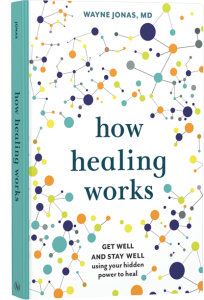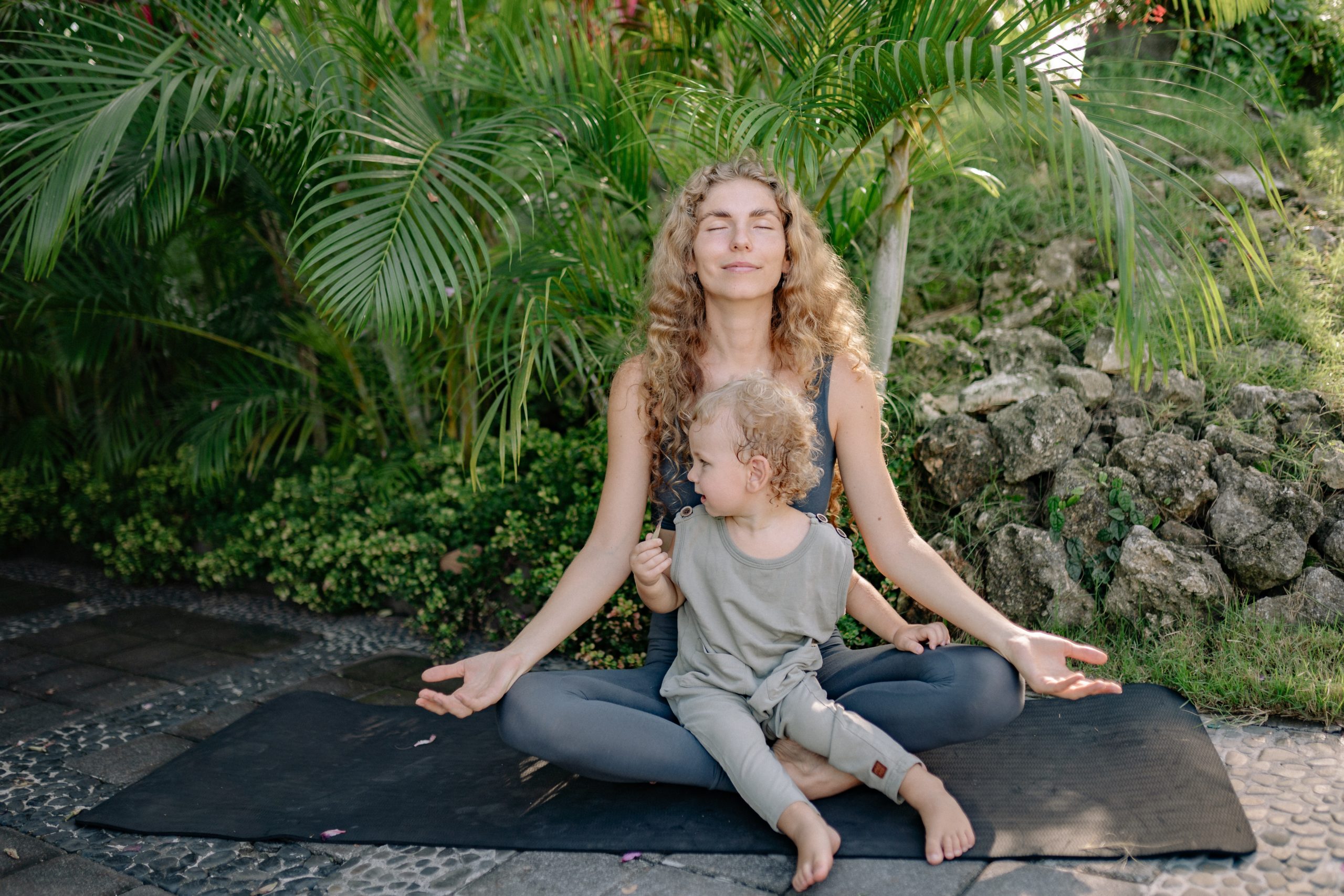This past December, we had the pleasure of hosting journalist and director Shannon Harvey on our Facebook Live series, Get Well and Stay Well.
After being diagnosed with an autoimmune disease and failing to find relief in conventional medicine, Shannon embarked on an experimental year of mindfulness, detailed in her book, My Year Of Living Mindfully.
If you’re thinking about starting a mindfulness practice, Shannon’s website is a great resource. Not enough time for the full video? Here are the top 4 takeaways from Shannon from our powerful conversation:
The benefits of mindfulness spoke for themselves
“About three quarters into the experiment, it became very abundantly clear that I’d continue this practice, the commitment and consistency was making a huge difference to my whole life, my whole wellbeing, and to the people around me.”
How Shannon got started
“I signed up for an eight-week mindfulness-based stress reduction program. And that was really fantastic because it got me meditating for 45 minutes a day. It also meant that I met a whole group of people who were on a similar journey, totally different people, who I would never normally have met in my regular life. And I had an excellent teacher who was so wise and skilled, and that really was another level of transformation that occurred, that kind of guidance from a real person until finally, I felt like I had done my pre-game training and I worked myself up for a 10-day silent retreat. And it was after that silent retreat that really, I knew that regardless of what the scientists found, I’d continue to practice in my everyday life.”
Try the if/then technique for changing behavior
“It enables me to plan for when I’m going to practice mindfulness, but also to then plan for what I’m going to do when I inevitably slip up. So my if/then strategy looks like this. If it is 6:15 in the morning, then I will sit up in my bed at home and I’ll practice mindfulness training for 45 minutes. If one of my young children wakes up early and interrupts my practice, then I’ll meditate in a meeting room on my lunch break. If I don’t get my lunch break and something happens and that all falls through, then I will meditate in the park at the end of my road before I go home at the end of the day and so on and so on until it comes to 10:00 PM at night and I’m exhausted.”
Start young to build mental health
“We know for example that if we’re going to be diagnosed with a mental illness such as depression, there’s a very, very high chance that will occur when we’re a teenager as the first onset of a mental illness occurs in those years. And that if we’re diagnosed with a mental illness at that age, there’s a 40 percent chance that we’ll be diagnosed with a mental illness, again at some other stage in our life.
And to me, that means that it is so critical that we look at childhood and we look at what happens in childhood and what are the tools that we can give our kids now at that beautiful impressionable age, that they can then carry with them for the rest of their lives.”
Want to learn more?
Watch the full conversation between Dr. Jonas and Shannon Harvey here. Also, check out Shannon’s beginner’s guide to starting a mindfulness practice on her website.

Take Your Health Into Your Own Hands
Drawing on 40 years of research and patient care, Dr. Wayne Jonas explains how 80 percent of healing occurs organically and how to activate the healing process.

